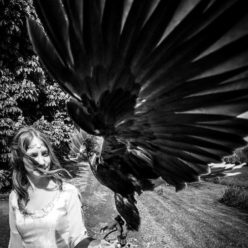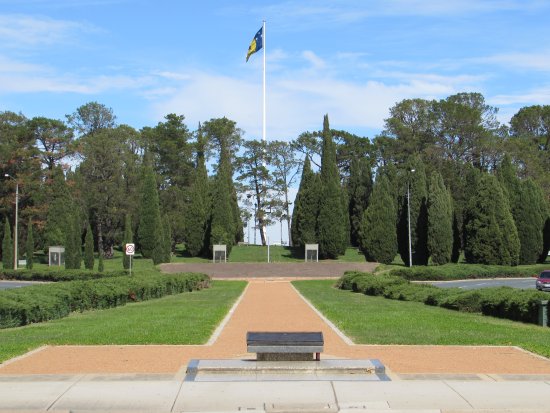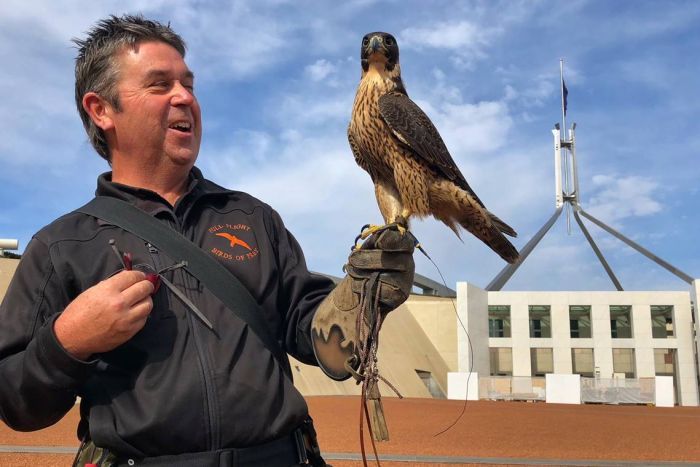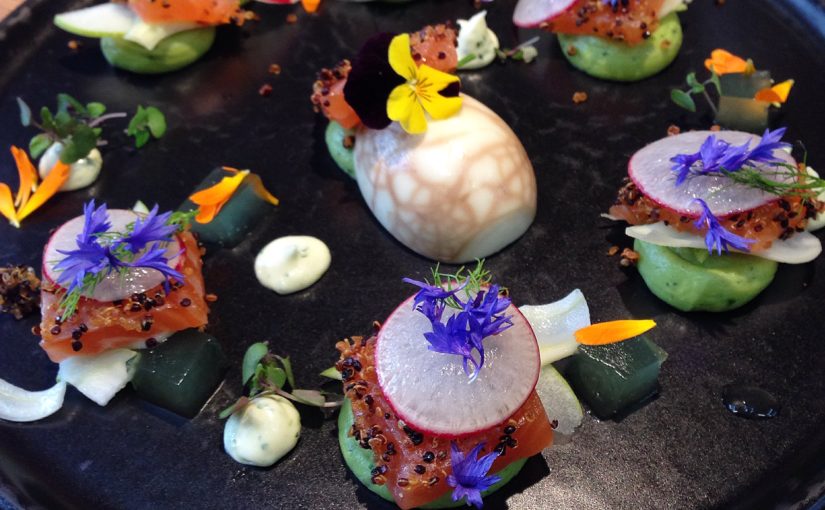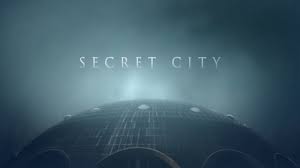I want to tell you about making friends. I have made some good ones in the past few weeks and knowing them has enriched life immeasurably. I implore you to meet them too.
On a charmingly sunny Saturday – bring out your favourite autumnal adjectives; it was crisp, it was clear, the sky was like a glass chalice – I dressed in green and brown (on purpose) and took myself up to City Hill. There were a few of us; some of us strangers, others profound friends, and we all braved the ankle twisting rabbit holes to assemble under the flagpole to meet our lead dryad of the trees; Sarah St Vincent Welch. She was to spend the next two and a half hours leading us through these trunks and branches for a poetry workshop as part of the Poetic City festival in Canberra.
Well let’s start with the setting. The workshop’s whimsical title was the same as this very review. Glorious! However, I wasn’t sure City Hill, garrotted by Vernon Circle from the rest of the city was what I had in mind when presented with such a dreamy nomination. Can’t we go to Haig Park? What about some grand old eucalypt on Ainslie, spreading limbs out like dancers to get the old similes going? No? That funny, oversized roundabout it is, then.
And thus arose the first in a long line of what seemed to me to be incongruous details that were in fact so meticulously and thoughtfully planned. To give an overview, every discussion, every shared piece of information, every picture was just so positioned so as to illuminate a unique perspective of our city that few people ever cross the spluttering traffic on Vernon Circle to actually see. It was a slow awakening, a dawning. Let me show you: our dryad poet begins, naturally, with introductions. It’s nice to create a safe space, make some connections. We all had to share a tree memory – very apt, and there were some crackers, from the poignant to the raucous. We also had to say something about our names. This left me a little dazed – I couldn’t work out how that was pertinent to trees. But hey-ho, it’s making connections, isn’t it? and, goodness, we have two and a half hours to fill, so that’ll do! Then Sarah began her gentle lecture which was more of a dream of story-telling; about Cypress, beloved of Apollo who killed a graceful deer and so bitter was his grief that he wept and begged to weep his regret forever until Apollo turned him into one of these; a Roman Cypress. They weep sap. Then through the metamorphosis of classical mythology, more names insinuated in through the mists of tellings; Monterey Pines, and I am lost in Kerouac’s Big Sur driving up and down the coast to Monterey, Pinus Radiata offers its image of children spinning in floating skirts with arms flung wide. The black locust tree. Do with that what you will.
So that was names. Into the poetry samovar they went and bubbled away in our unconscious. Then came the history, who planted them, and why, good ol’ Walter and Marion’s visions. We were led up and around the hill and shown how the trees (and unbelievably, I never actually knew this) are planted in six crossing avenues. Through the centre of that hill – that roundabout – cross every geometric line drawn out on the Griffin-Mahoney plan. One view draws you along Commonwealth Avenue all the way to Parliament with the blue hills floating beyond, another revealed diminishing Northbourne, another; Constitution Avenue, lost in trees, next Mount Ainslie’s reassuring hump. Huh! Who knew? I had always thought City Hill was clustered randomly with these bizarre, pointed trees; odd, constrained growths. In fact, those trees form corridors like a Hellenic temple, their green Doric columns guiding the eye to visual revelations.
Into the pot that went. Along with warnings to not stick your face in a pine or a possum might have it off, with cockatoos eating Monterey pine seeds, associations of ceremony, memories of the red and yellow boxgums that would have stood there and the tension between native and European, a dry, hardy Mediterranean that flourished with Roman myths, long graveyard shadows, the desperate crying of ravens and stillness ruffled by flitting wagtails.
And then we were sent off. Off, off with you all, you have fifty minutes, here is a sheet of prompts, now go and stand in front of a tree, or sit on a bench in the sunshine, swivel in the centre like a compass between the views and write. And we did. I wrote a heap of nonsense, poet-t(r)ea (can I get away with that?) takes a while to brew, but we had a warm and beautiful final hour sharing touching thoughts and memories and words which the ravens had no respect for and wailed over. Magpie larks came to see what the fuss was about, and seeing that it was Anzac biscuits, hung around for a bit. With many COVID-safe hugs, we reluctantly skidded down the hill slopes, in six different directions, to our cars, our homes…the nearest public convenience.
But the strangest and most wonderful part of this workshop was the effect, the afterwards. For the next fortnight as I made my way through town, those pines peeped over the Sydney building, leaned round the courthouse and I am left with a strange and distinct feeling we are trying to catch sight of each other. And now a new part of the city is alive to me, is magical, somehow, is known, is recognised. It raises its green arms over the bridge, and waves – I lean over my balcony wall and wave back. It is a lovely, affectionate feeling that comes from quiet, from listening with patience, from watching and engaging all your thoughts to strive for the exact metaphor to describe this thing. I now regularly tramp across its green and brown slopes (research completed so you don’t have to: it’s less fun in the rain) and I have that same physical feeling of enrapturement that I feel when I behold huge mountains, or the sea. I am poetic in tendency, so these extremes must be forgiven. But I carry these pines now in me as I walk through town, and in the corner of my eyes, and feel the strange power of those ley lines. They have created in me since many more poems that I actually like, quite a lot. And I feel as if I have been given a marvellous gift, wrapped up in everlasting green and lit with Roman candles that nothing can ever take away.
